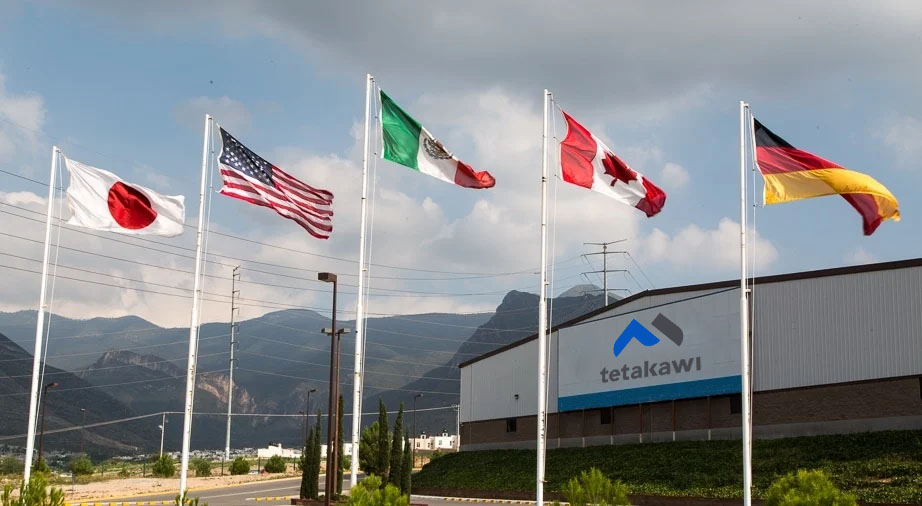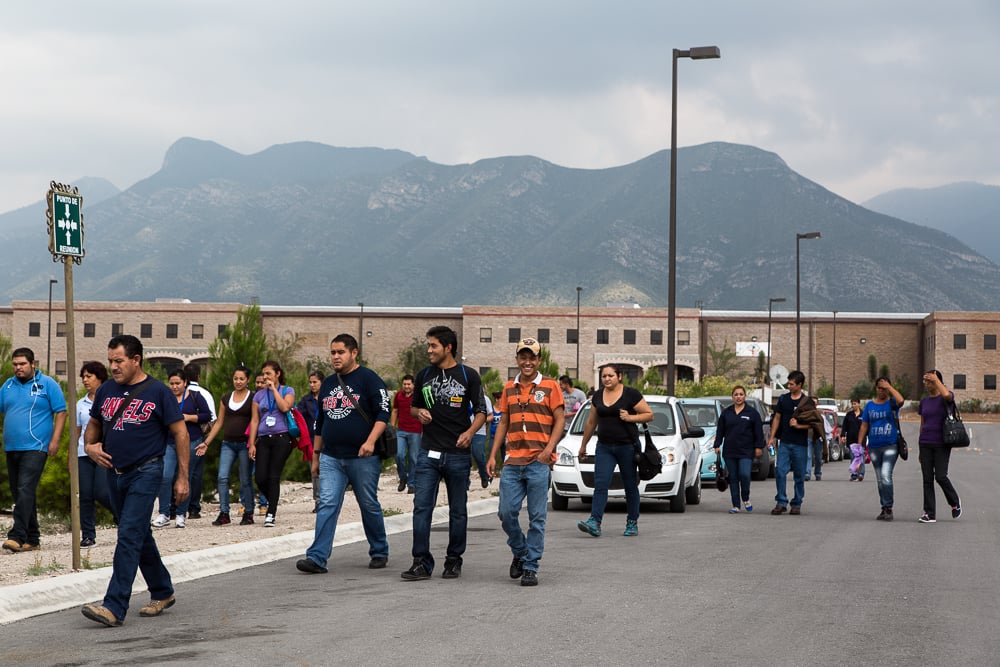Mexico’s free trade agreements have proliferated since the 1990s, leaving the country with one of the most open trade policies in the world.
In addition to making Mexico desirable as a platform from which companies can export on a duty free basis to all corners of the globe, the numerous Free Trade Agreements that the country has negotiated over the last two decades have enabled it to begin to significantly diversify its trade relationships. At this juncture, about 80% of Mexico’s manufactured exports are destined for the United States, while Mexico satisfies 49% of its import needs via its neighbor to the north.
Since the 1990s, Mexico has entered into eleven separate free trade agreements that have expanded its economic ties with a total of forty-four countries. Mexico’s FTAs enumerated consist of the following:
The North American Free Trade Agreement, or the NAFTA, was made effective on January 1, 1994. At the time of implementation, approximately seventy percent of items entering the U.S. from Mexico did son on a duty free basis. Conversely, fifty percent of U.S. products entering Mexico did so in a similar fashion. Over the course of a subsequent period of 15 years, tariffs were reduced to zero % across the board for items of North American origin.
- Mexico – Colombia and Venezuela Free Trade Agreement
Mexico entered into a free trade agreement with Colombia and Venezuela that went into effect in in January of 1995. In 2006, Venezuela withdrew from the accord.
- Mexico - Chile Free Trade Agreement
The Mexico – Chile Free Trade Agreement was enacted and implemented on July 7, 1999. This was an expansion of an accord that the two nations had signed in 1998 at the Summit of the Americas, which took place in the Santiago. A main focus of the Mexico Chile Free Trade Agreement was to expand bi-lateral investment opportunities.
- Mexico – Costa Rica Free Trade Agreement
The Mexico – Costa Rica Free Trade Agreement went into force on January 1, 1995, and was an expansion of a 1982 agreement that was much smaller in its scope. The FTA with Costa Rica called for a phasing out of tariffs in four stages over a 15 year time frame. In addition to sections on mutual national treatment and market access for goods, the Mexico – Costa Rica Free Trade Agreement covers issues dealing with rules of origin, agricultural products, sanitary measures, cross border trade in services and investment, government procurement and intellectual property protection.
- Mexico – Nicaragua Free Trade Agreement
The Mexico – Nicaragua Free Trade Agreement was brought on line on July 1, 1998. As is the case with other free trade agreements that have been negotiated, the phase out period for tariff on trade flowing in both directions is a period of fifteen years. This agreement is similar to that covered under the North American Free Trade Agreement and the FTA with Costa Rica in terms of its provisions.
- Mexico – European Union Free Trade Agreement
Although negotiations on the Mexico – EU Free Trade agreement began in October of 1996, the accord was not finalized and did not come into force of law until July 1, 2000. It was the first North American or South American FTA adopted by the European Union. The goal was, from the European perspective, to gain greater Mexican market access for EU company products, while Mexico was seeking to use the agreement to win more FDI from Europe related to companies from that region seeking a low cost manufacturing hub from which to service North American clients.
- Mexico – El Salvador, Guatemala and Honduras Free Trade Agreement
Mexico entered into a free trade agreement with its aforementioned Central American neighbors that was adopted and implemented in 2001. The effective date for the commencement of the trade pact with El Salvador and Guatemala was on March 15th of that year, while the provisions were not applicable to the trade relationship between Mexico and Honduras until June 1st. This agreement is often referred to as the Mexico – Northern Triangle Agreement, and was the culmination of movement towards a free trade relationship between these countries that had begun in 1992.
- Mexico – European Free Trade Association (EFTA)Agreement
Mexico implemented its free trade agreement with the EFTA countries (Iceland, Lichtenstein, Switzerland and Norway) on November 20, 2007. This was the first free trade agreement that the EFTA countries had concluded with a party other than themselves. When the accord was struck, the average tariff on Mexican goods entering these countries was 8%. Six years after the agreement was signed duty free importation of Mexican goods into Iceland, Lichtenstein, Switzerland and Norway was achieved.
• Mexico - Israel Free Trade Agreement
The Mexico – Israel Free Trade agreement took a period of two years to negotiate, and was implemented on July 1, 2000. This was the same day that the Mexico – EU trade deal went into effect. The agreement eliminated 100% of duties on trade between Israel and Mexico by 2005.
- Mexico – Japan Free Trade Agreement
Mexico and Japan solidified their free trade relationship when the FTA between the two parties became effective in September of 2004. By 2015, tariffs will be eliminated on 90% of goods that account for 96% of the total trade that transpires between the two companies.
In addition to free trade agreements, Mexico has lesser concessionary and limited trade deals with many other nations. Mexico is a party to the 1988 Agreement on the Global System of Trade Preferences Among Developing Countries (GSTP), as well as is a signatory of the Latin American Integration Association (ALADI). The latter was established by the August 1980 Montevideo Treaty.
- Mexico – Peru Free Trade Agreement
Mexico and Peru signed a free trade agreement on June 6, 2011. The treaty is still in the process of being implemented.
The Mexico – Peru Free Trade Agreement was signed in April of
Because of Mexico’s extensive network of free trade agreements, the country is one of the world’s best and most extensive low cost country export platforms.
Subscribe
Sign up and stay informed with tips, updates, and best practices for manufacturing in Mexico.





